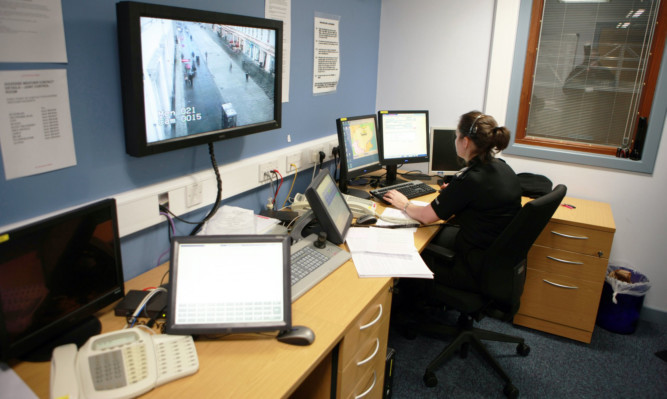An average of 400 calls a week have had to be transferred from Police Scotland’s Dundee control room because of staff shortages, a damning new report has revealed.
The HMICS review into Police Scotland’s handling of emergency calls was prompted by the deaths of Lamara Bell and John Yuill in a crash on the M9 near Stirling in July.
Although a call was made to police about the accident, they did not visit the crash site until a second call was made to them three days later.
Mr Yuill is believed to have died on impact but Ms Bell was still alive when police finally attended. She died later in hospital.
The report makes 30 recommendations to Police Scotland about how to improve its call handling procedures.
And it reveals that an average of 401 calls a week were transferred from Dundee to other control rooms between July 6 and October 19 this year.
It also said there had been no “quality assurance” of call handling in Dundee, despite having procedures in place to do so, because of chronic staff shortages.
The review also found that Police Scotland had no system in place to flag up potential weaknesses in its system of handling either emergency or non-emergency calls.
It stated: “There is no systematic process for recording adverse incidents or ‘near misses’, where staff or supervisors identify or are made aware of specific incidents that highlight potential weaknesses in processes, systems and training.”
For more see Wednesday’s Courier.
